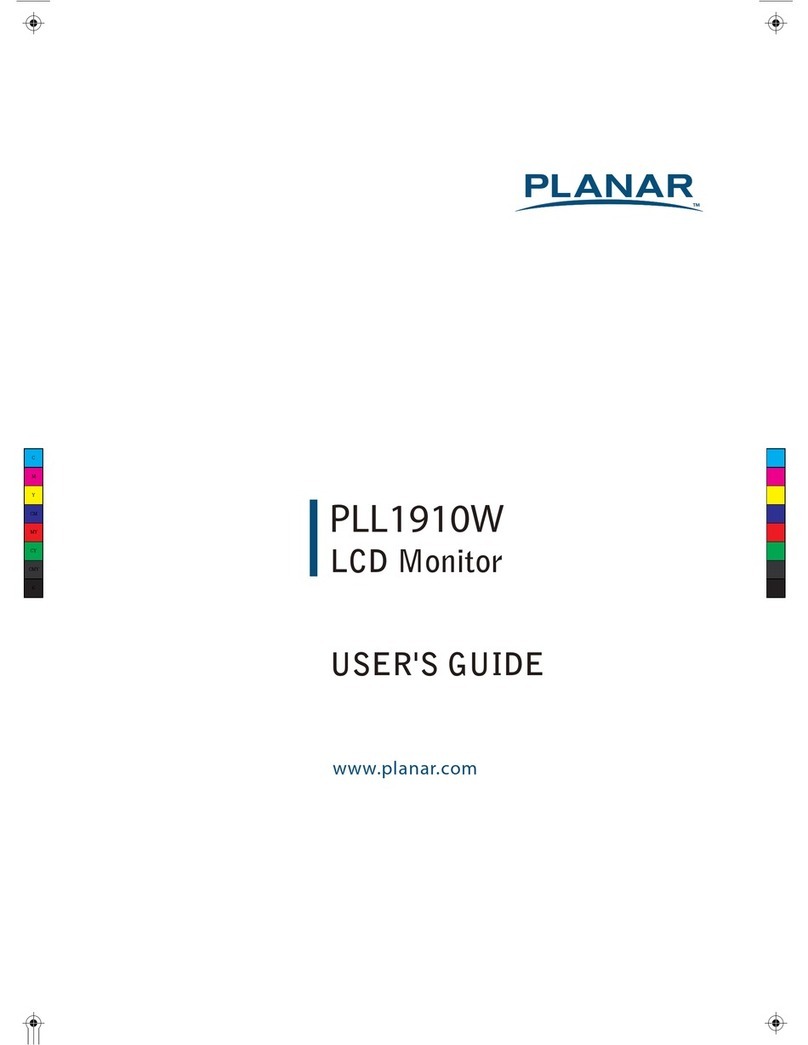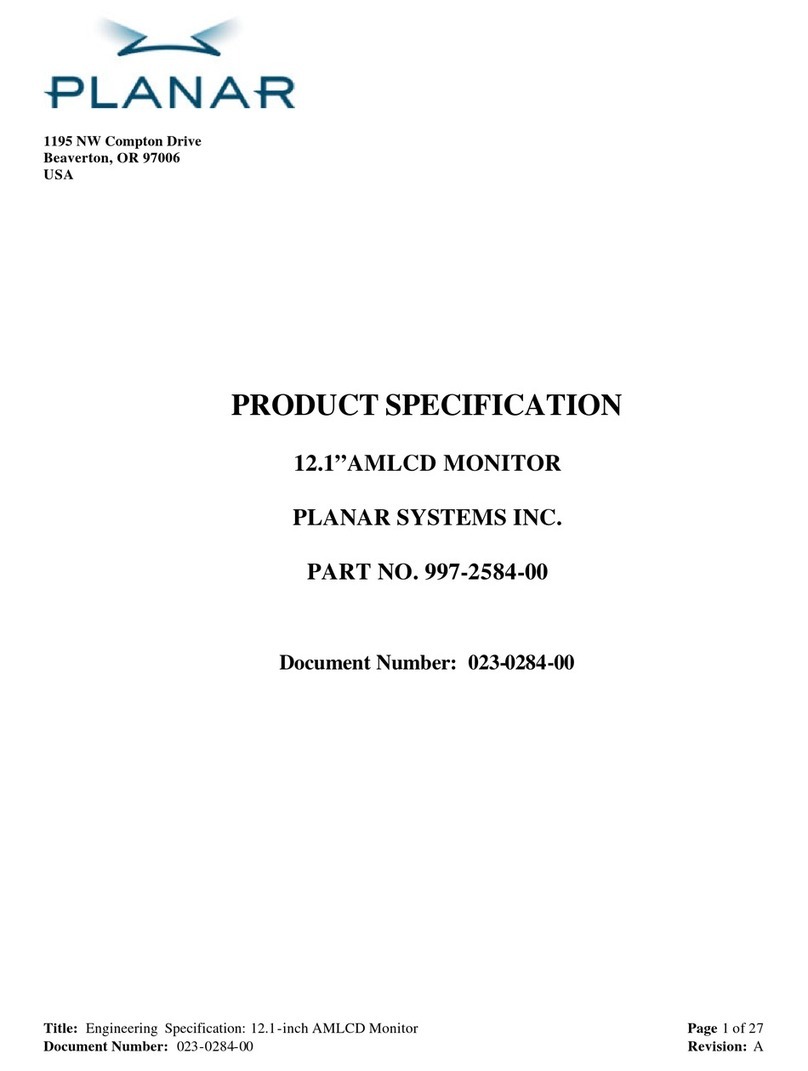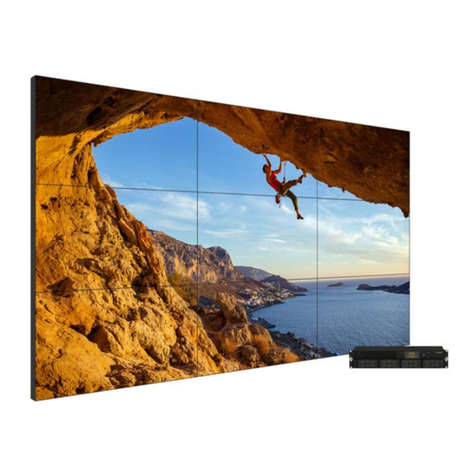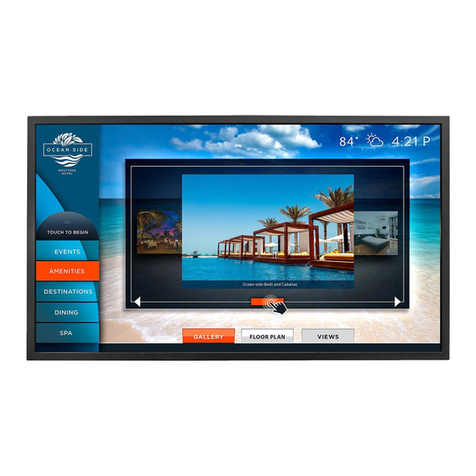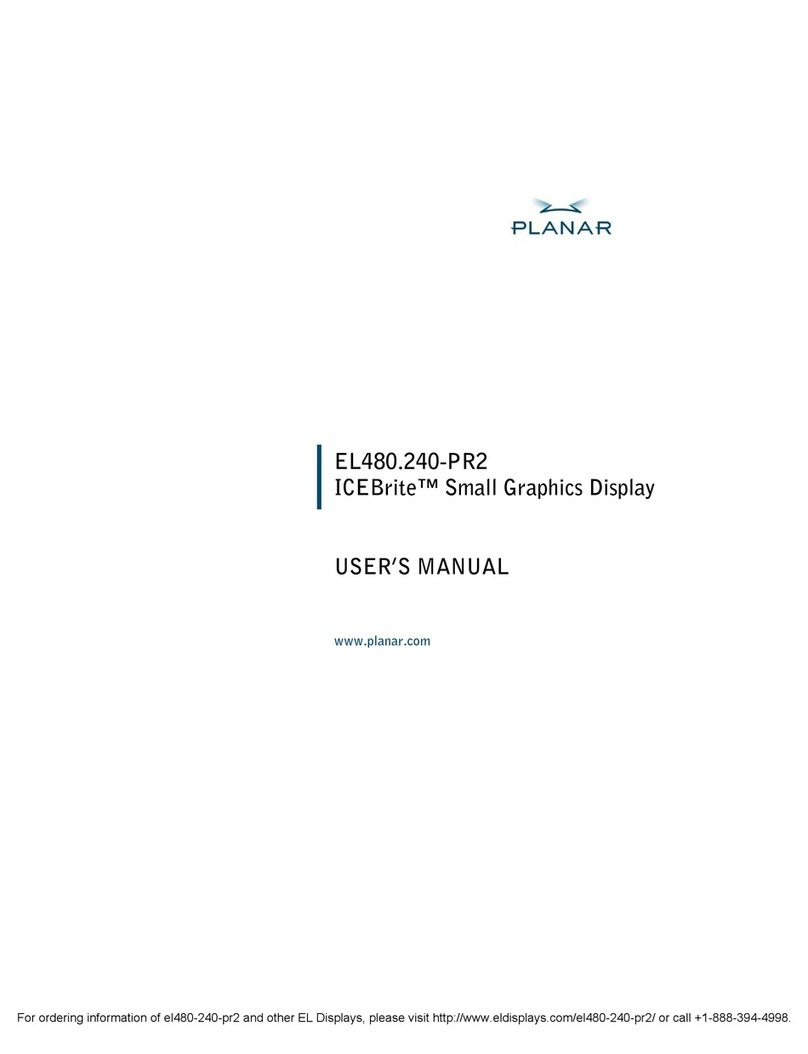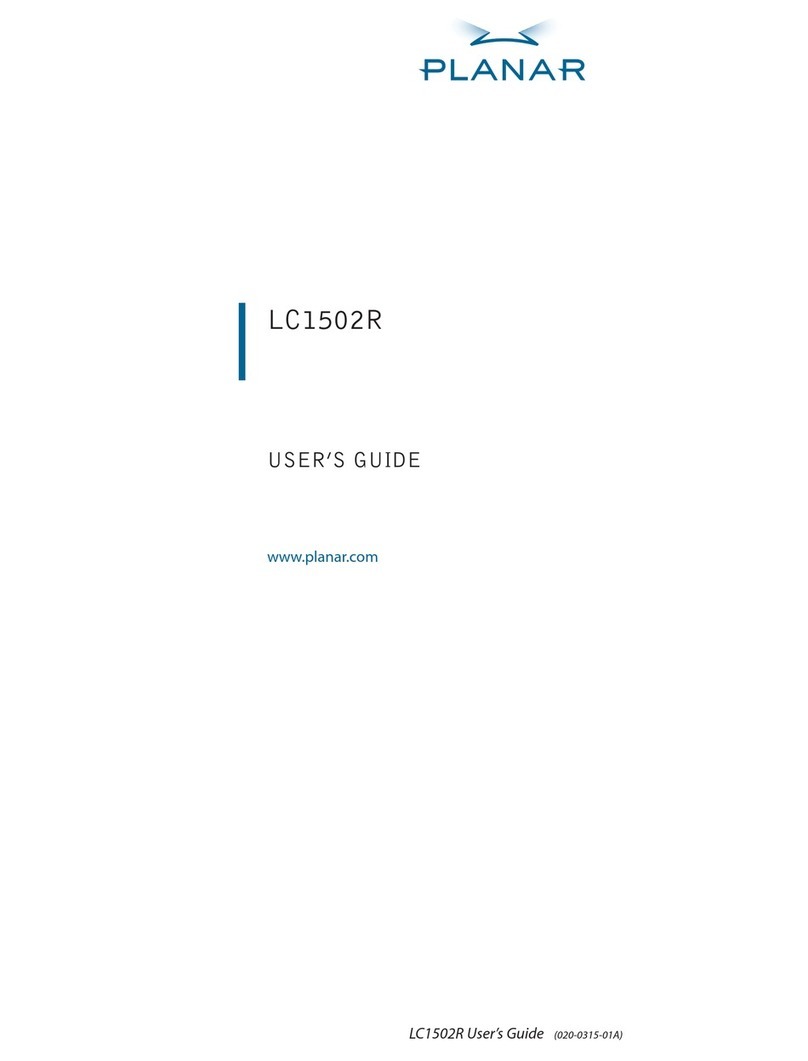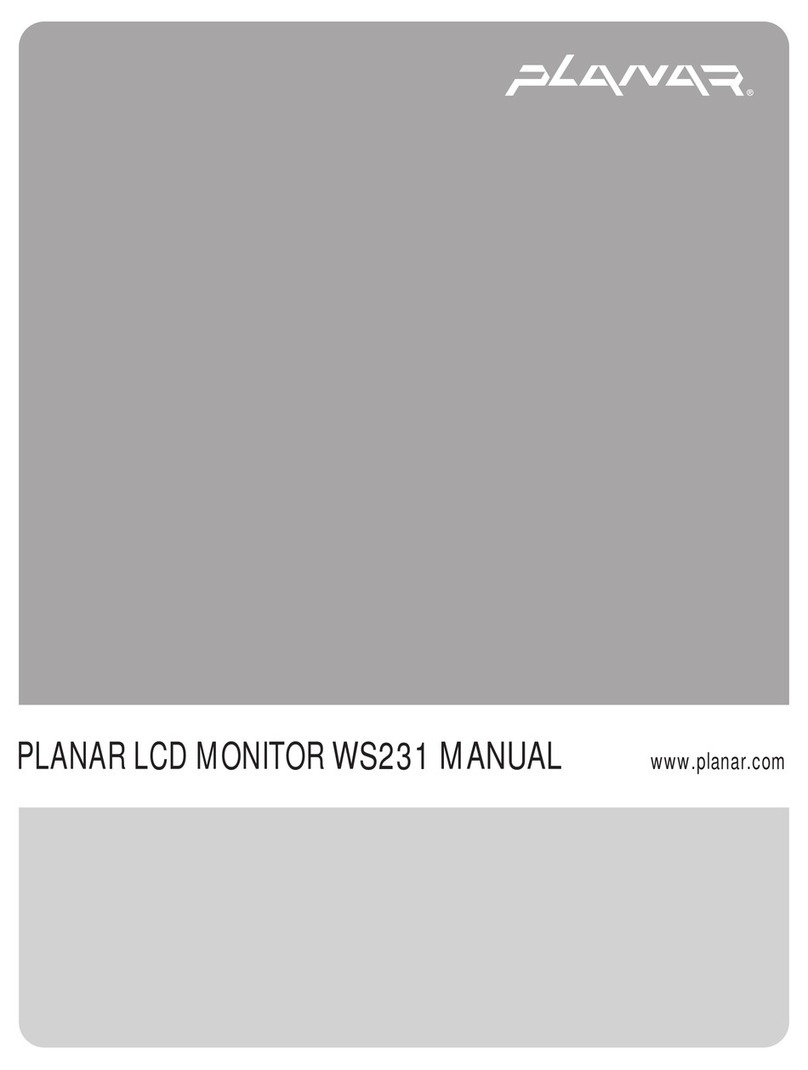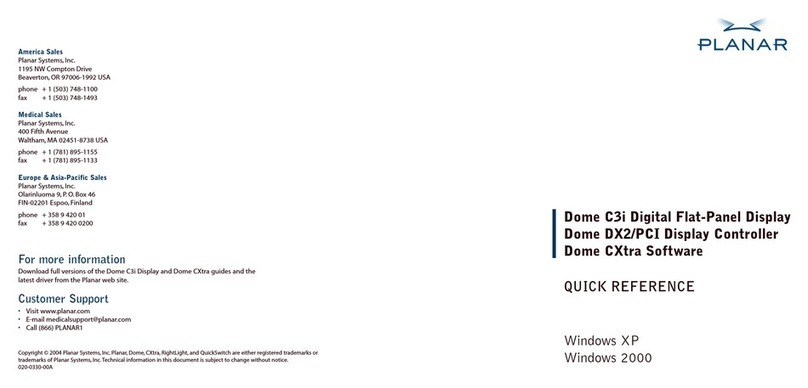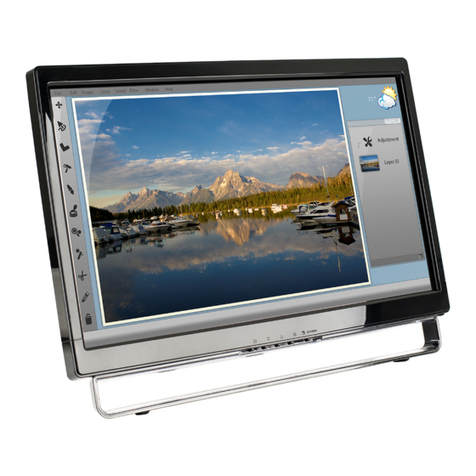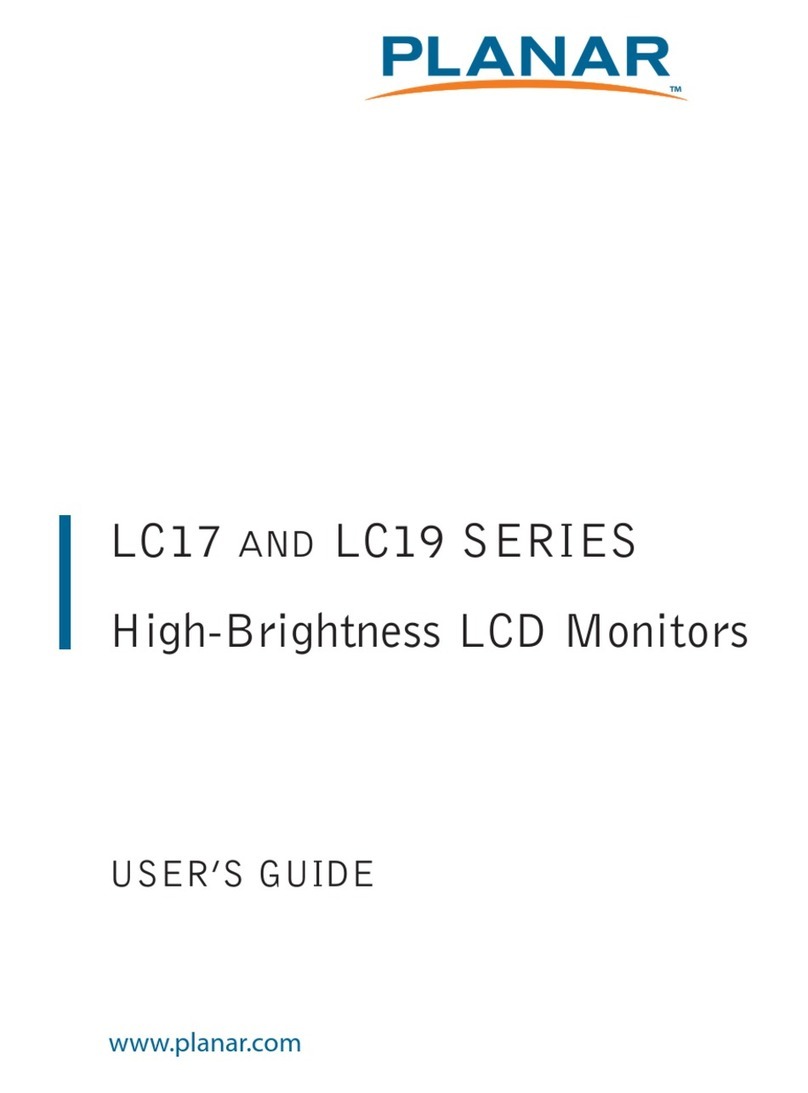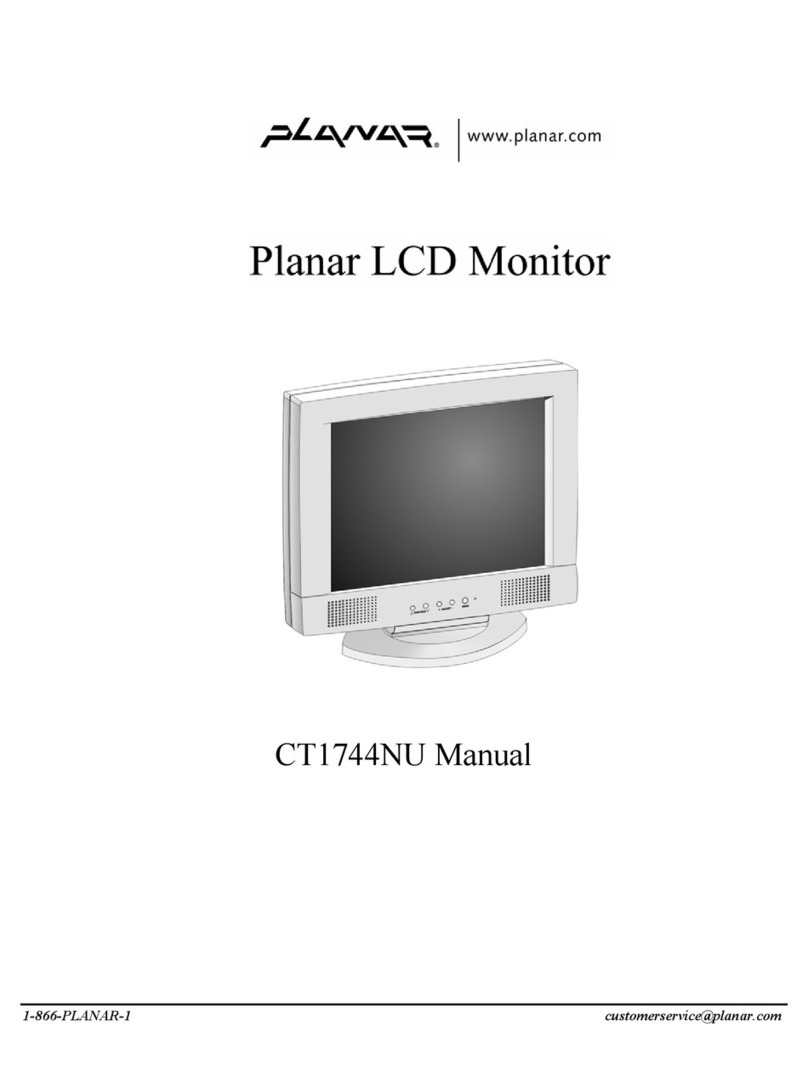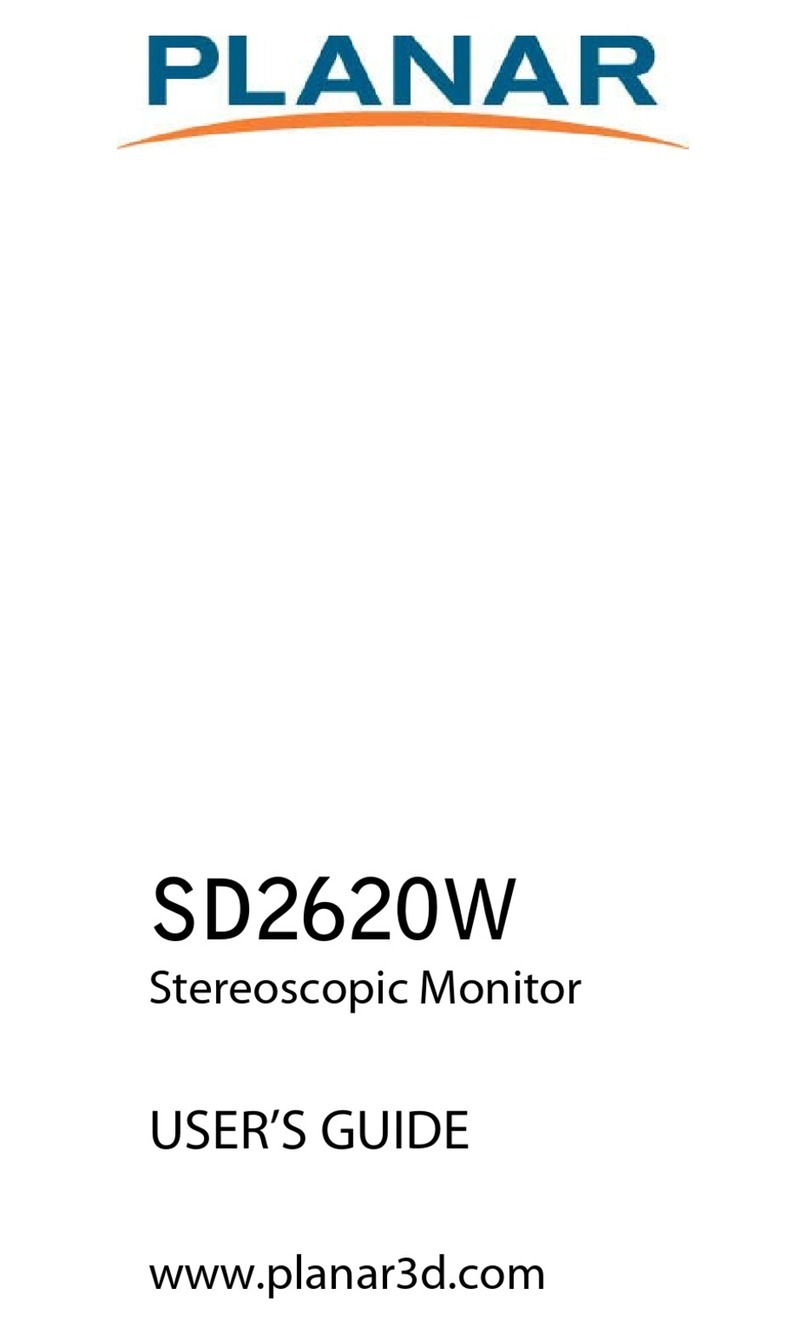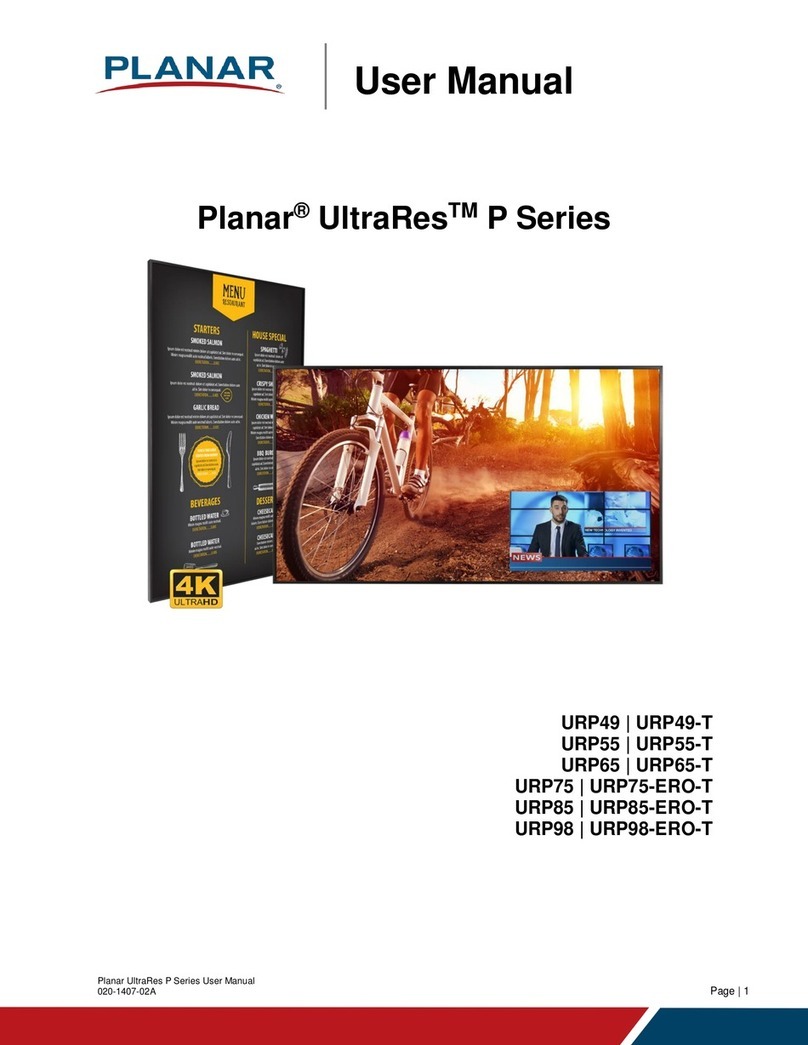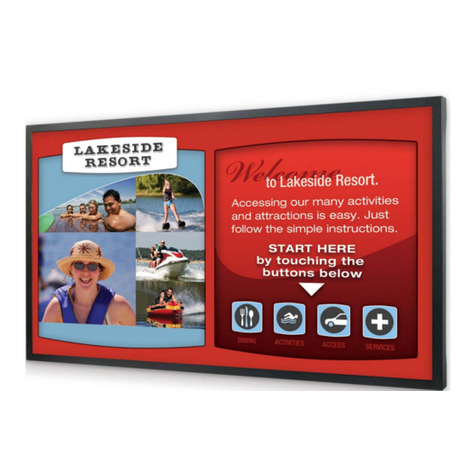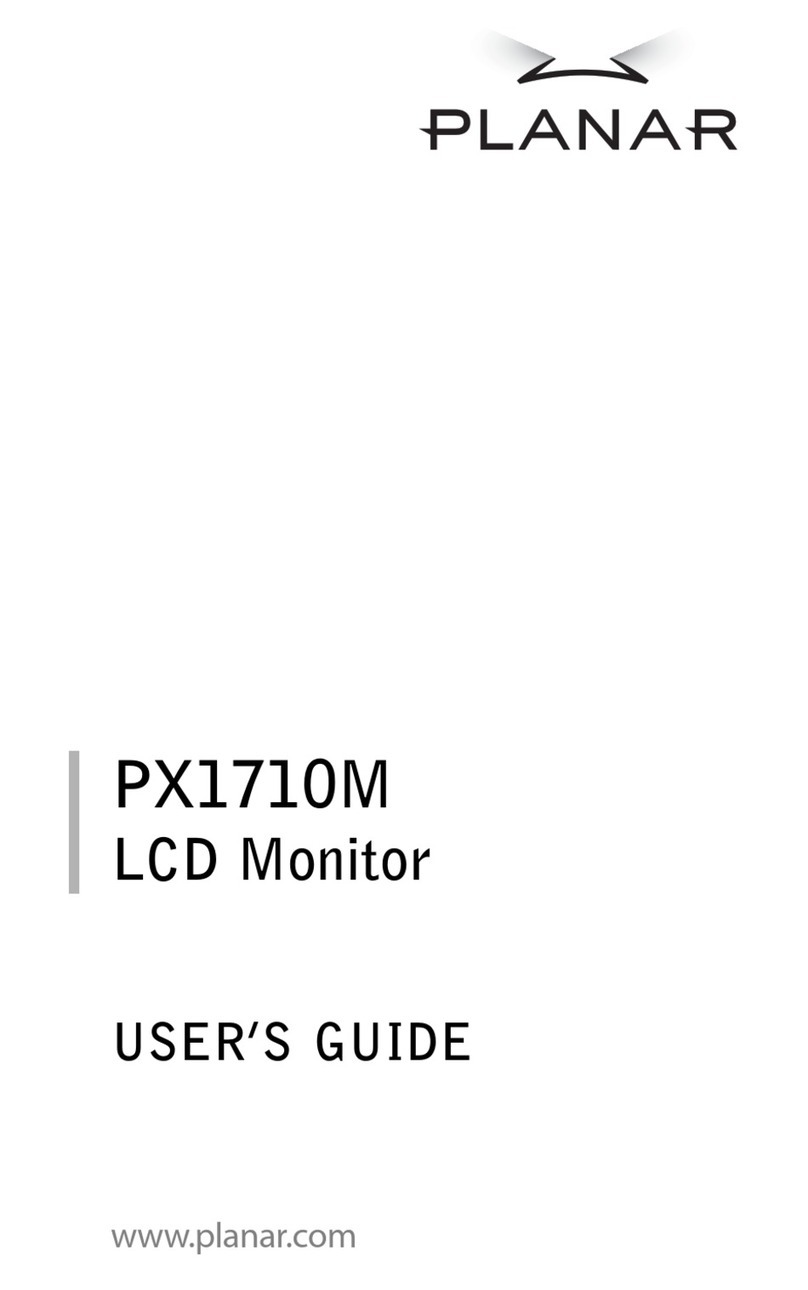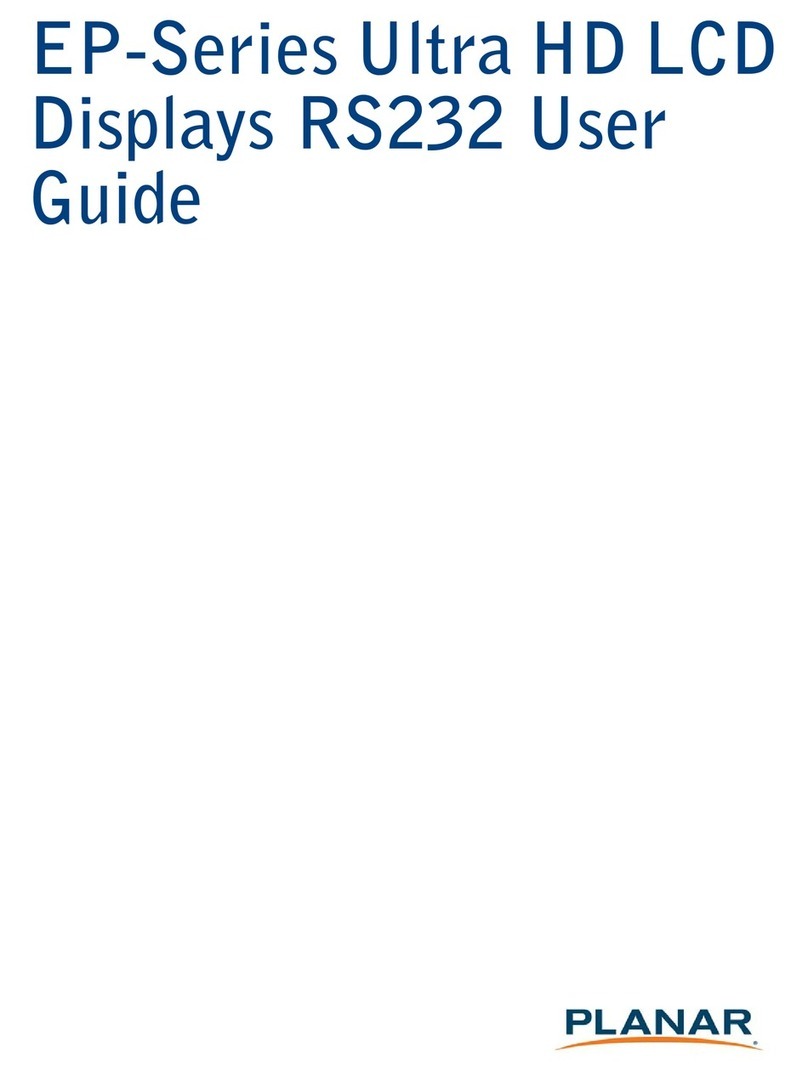
Contents
LC640.480.33-AC Display..............................................................................................................3
Features and Benefits...................................................................................................................3
Installation and Handling.................................................................................................................4
Mounting the Display ..................................................................................................................4
Mounting Display Face Down.................................................................................................4
Mounting ECA Face Down......................................................................................................4
Vent Clearance ........................................................................................................................5
Isolation/Air Gap.....................................................................................................................5
Ambient Light Sensor Clearance.............................................................................................5
Cable Length................................................................................................................................5
Cleaning.......................................................................................................................................5
Avoiding Image Retention...........................................................................................................5
Specifications...................................................................................................................................6
Environmental Characteristics.....................................................................................................6
Mechanical Characteristics..........................................................................................................6
Optical Characteristics.................................................................................................................7
Safety and EMI ............................................................................................................................7
Reliability and Backlight Life......................................................................................................7
Interfacing and Operation................................................................................................................8
Control Basics..............................................................................................................................8
Power Requirements................................................................................................................8
Undervoltage Lockout (Backlight only) ..................................................................................8
Power Sequencing (LCD only)................................................................................................8
Backlight Signals.....................................................................................................................9
Video Signals.............................................................................................................................10
Video Signal Characteristics.................................................................................................10
Video Modes ..........................................................................................................................10
Signal Timing.........................................................................................................................11
Video Characteristics.................................................................................................................15
Pixel Position.........................................................................................................................16
Connectors .................................................................................................................................16
Video Connector (J3).............................................................................................................17
Dimming Connector (J2).......................................................................................................18
Backlight Power Connector (J1)...........................................................................................18
Optical Features.............................................................................................................................19
Viewing Angle...........................................................................................................................19
Response Times.........................................................................................................................19
Dimming ....................................................................................................................................19
Backlight Dimming Modes ....................................................................................................20
Dimming Control Interfacing................................................................................................20
Inverting the Display..................................................................................................................21
Temperature Considerations......................................................................................................22
Thermal Shutdown.................................................................................................................22
Luminance Variation Due to Ambient Temperature .............................................................22
Warm-up Characteristic........................................................................................................23
Display Dimensions.......................................................................................................................23
